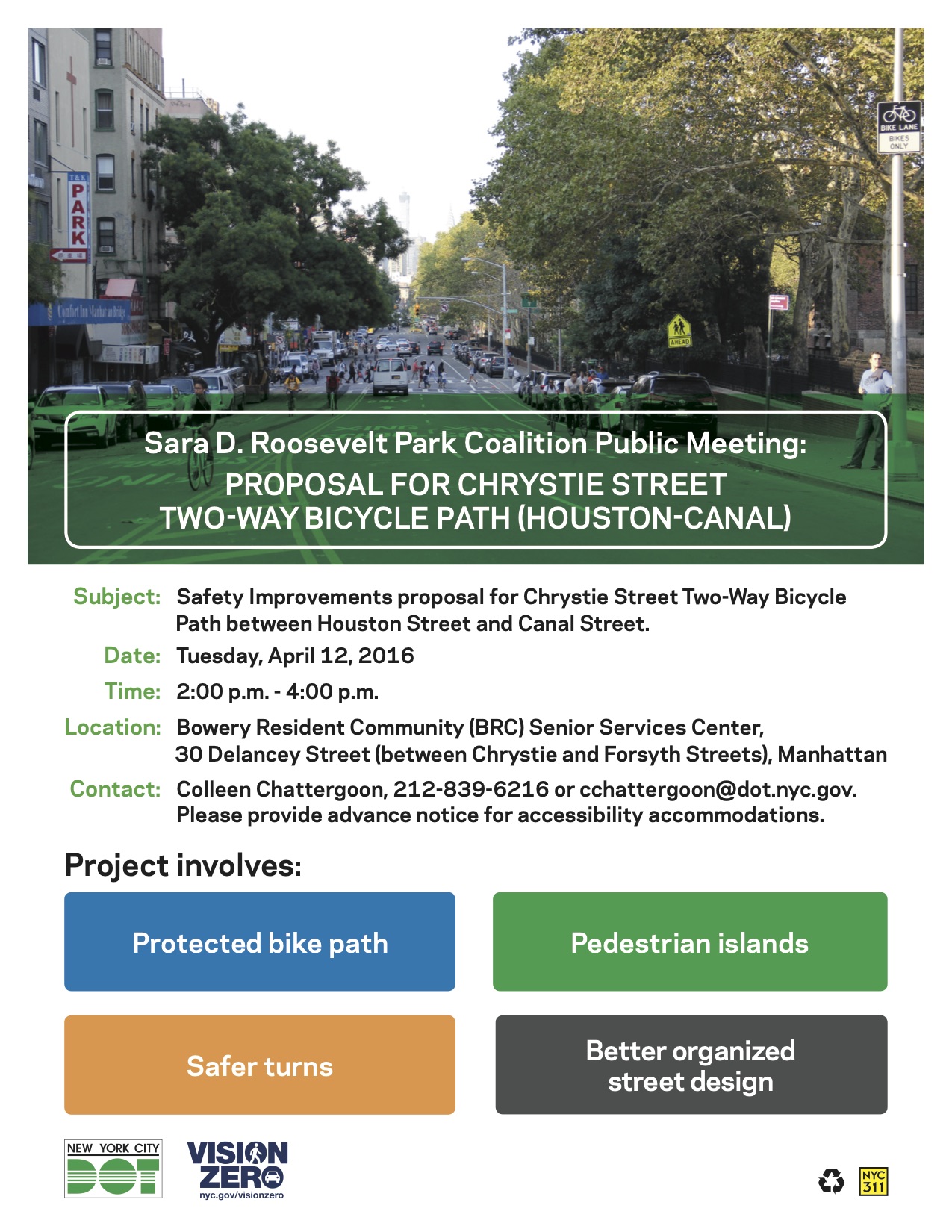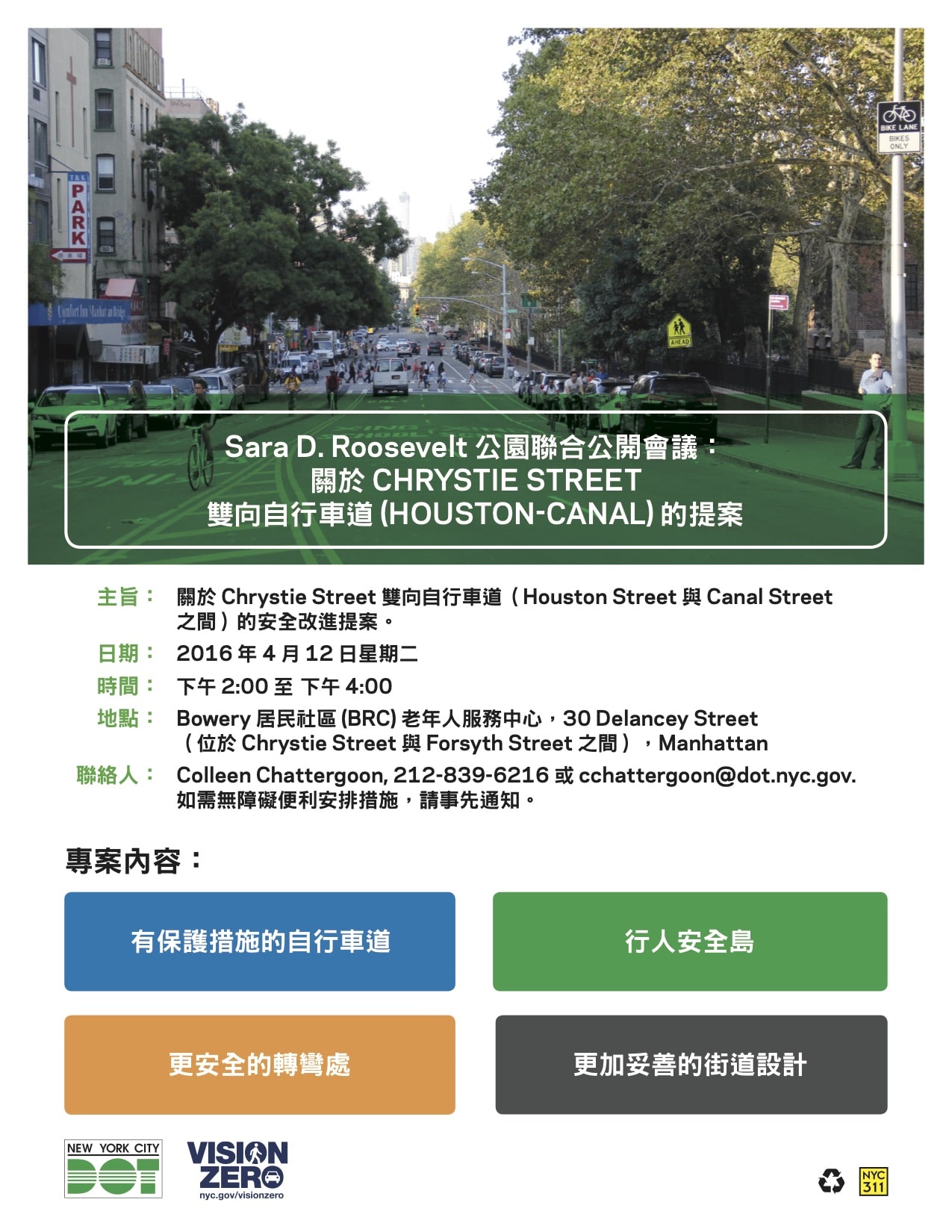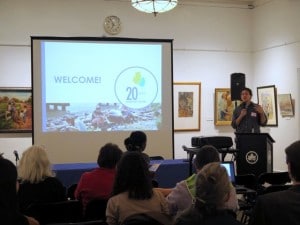The State Attorney General Opens Rivington House Investigation
We are grateful that the State Attorney General will open an investigation on Rivington House. We all need a resolution to this mess.
There are important questions for the State of New York. What was the finding from the mandated oversight in this transaction?
Have the funding structures for nursing homes led us here – is it no longer financially possible for nursing homes to be run by not-for-profit entities?
Has the Medicaid Redesign insured we will be ill prepared for the looming Alzheimer’s epidemic of the baby boomer generation?
Meanwhile, the taxpayer dollars (a $70 million NY State bond) that went for improvements to make this facility code-compliant are lying in ruin. Have the loans been repaid?





















